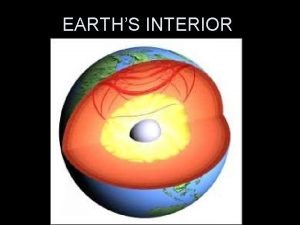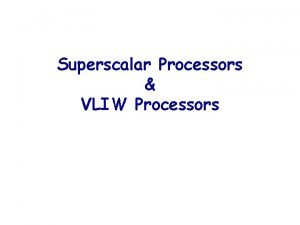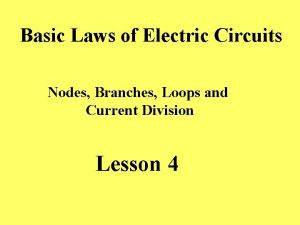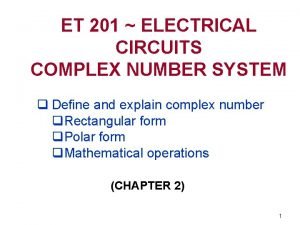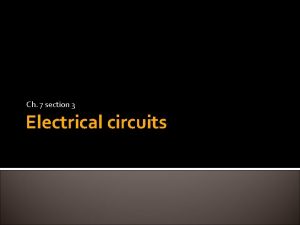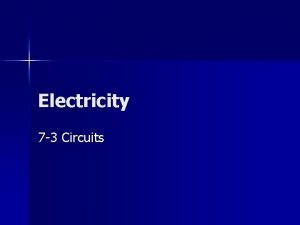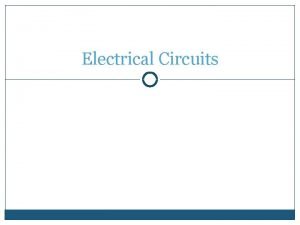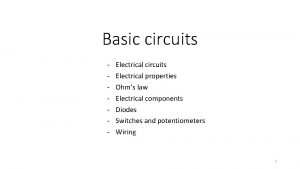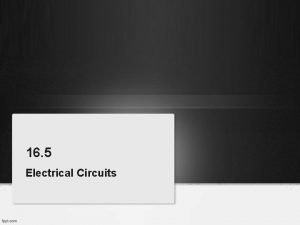Electrical Circuits Section 7 3 Electrical Circuits rely










- Slides: 10

Electrical Circuits Section 7. 3

Electrical Circuits rely on generators at power plants to produce a voltage difference across the outlet, causing the charge to Flow when the circuit is complete l Series Circuit- the current has only one path to flow through

Series Circuits

Series circuit l The parts of a series circuit are wired one after another, so the amount of current is the same through every part l Open Circuit- if any part of the circuit is disconnected, no current flows l Example- old style Christmas lights

l Voltage Source Wire- conductor Load- like a bulb Switch

Parallel Circuit l Parallel Circuit- contains two or more paths for the current to move through

Parallel Circuits l Individual parts can be opened without affecting the entire circuit l Like the lights in your house Household circuits are parallel circuits l Each branch receives 120 V from the electric company l Electrical energy enters your home at the circuit breaker or fuse box and branches out to wall sockets, major appliances, and lights l

Circuits l Guards against overheating electric wires: l Fuses- contain a small piece of metal that melts if the current becomes too high, opening the circuit and stopping the flow of current l Circuit breakers- contain a small piece of metal that bends when it gets hot, opening the circuit and stopping the current

Electrical Power l Electrical power- the rate at which electrical energy is converted to another form of energy l Electrical power is expressed in watts (W) l Power = current x voltage difference l P (watts) = I (amperes) x V (volts)

Electrical Power l To calculate amount of energy an appliance uses: l The unit of electrical energy is the kilowatt hour (k. Wh), which equals 1000 watts of power used for one hour l Energy = power x time l E (k. Wh) = P (k. W) x t (h)


